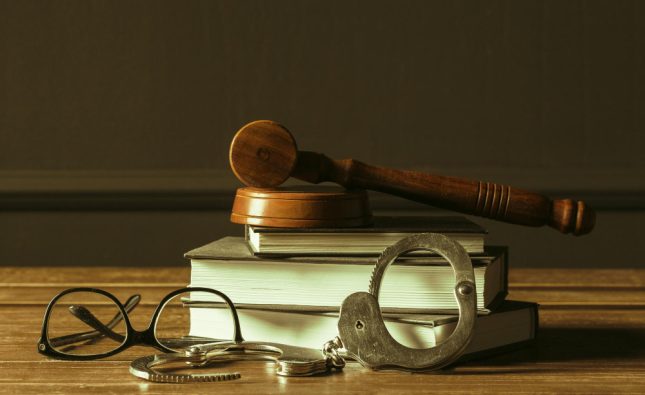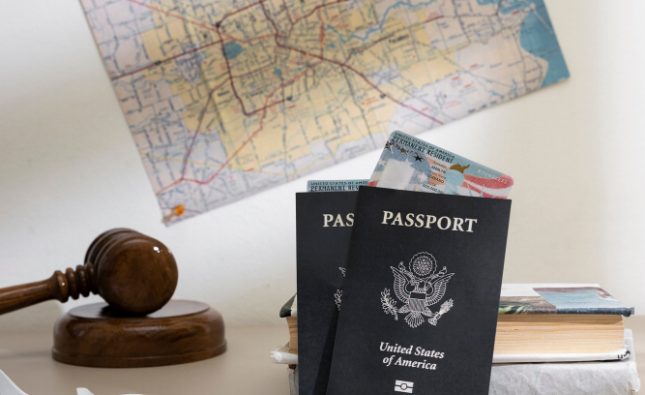
The 2000 presidential election between George W. Bush and Al Gore was one of the most controversial in American history, culminating in a legal battle that ultimately reached the Supreme Court. The decision rendered by the court had far-reaching implications, not just for the candidates involved but for future elections as well. In this blog post, we will explore what exactly those implications were and how they affect us today. Get ready to dive into an intriguing discussion about Bush v. Gore!
What are the implications of a Bush v. Gore decision?
The implications of a Bush v. Gore decision were immense and far-reaching. At the heart of the controversy was the question of whether or not to include certain ballots in Florida’s recount, which would determine who won the state’s electoral votes.
The Supreme Court ultimately ruled that only some of these ballots could be included, effectively handing victory to George W. Bush over Al Gore. The decision had several consequences, first and foremost being a deepening divide between Democrats and Republicans.
In addition, many felt that the court had overstepped its bounds by getting involved in an election dispute that should have been resolved by Florida officials alone. This led to concerns about how much power courts should have when it comes to determining election outcomes.
There were worries about future elections – if this one could be decided by the courts rather than voters themselves, what would stop similar situations from arising in other presidential contests? These are all important questions we must consider as we examine what happened during Bush v. Gore.
The Decision Process
The decision process for Bush v. Gore was a complex and lengthy one, ultimately resulting in the U.
S. Supreme Court’s 5-4 ruling to halt the manual recount of votes in Florida, effectively awarding George W. Bush the presidency.
The legal battle began with initial lawsuits filed by both sides in state courts, ultimately leading to the involvement of federal courts and culminating in an appeal to the U.
S. Supreme Court.
During this time, various legal arguments were presented regarding issues such as equal protection under law and states’ rights versus federal authority.
Ultimately, it was up to nine justices on the U.
S. Supreme Court to make a final decision that would impact not only this election but also future presidential elections.
This decision process highlighted how crucial it is for all parties involved – from voters to candidates to judges – to approach elections with integrity and uphold democratic principles throughout every step of the process.
The Legal Arguments
When it comes to the legal arguments presented in Bush v. Gore, there were a number of issues brought up by both sides. The crux of the case was whether or not Florida’s recount process violated the Equal Protection Clause of the Constitution.
The argument put forth by Bush’s legal team was that having different standards for determining voter intent across different counties amounted to unfair treatment under the law. On top of this, they claimed that extending the deadline for hand recounts would be unconstitutional.
Gore’s team countered by arguing that voters should have their intentions fully realized and counted, regardless of which county they lived in. They also argued that Florida had a history of allowing extensions for election-related matters, making it unreasonable to deny such an extension now.
It was a complex case with many nuances and intricacies involved. It ultimately came down to how one interpreted constitutional law and what weight should be given to state versus federal election regulations.
The Political Implications
The implications of the Bush v. Gore decision went beyond legal and constitutional issues, as it had a significant impact on American politics. The highly controversial ruling was based on a 5-4 vote by the Supreme Court, which resulted in George W. Bush becoming President of the United States.
The decision created a deep sense of division among Americans, with many questioning the legitimacy of Bush’s presidency. It also highlighted the importance of judicial appointments and their potential political influence.
Moreover, it brought into question the role of courts in deciding an election result rather than leaving it up to voters or elected officials. This raised concerns about electoral integrity and transparency that would continue to shape future discussions around voting rights and procedures.
Furthermore, some argue that this case set a precedent for partisan divide within the Supreme Court, leading to more politically-motivated decisions from judges appointed by presidents who share their ideology.
While there were certainly legal arguments at play in Bush v. Gore, its political implications cannot be ignored. It remains an important moment not only for understanding America’s democratic processes but also for considering how our institutions can be influenced by partisanship and ideological divides.
Conclusions
After analyzing the implications of a presidential election being decided by the courts, it is clear that such an event would have far-reaching consequences. The decision process could be lengthy and divisive, leading to uncertainty and instability in the country. The legal arguments would likely focus on technicalities rather than substantive issues, eroding public trust in the electoral system.
Moreover, political implications could be significant, with potential for increased polarization and tensions between supporters of different candidates. Ultimately though, it is important to remember that this scenario is unlikely to occur as most elections are decided by popular vote rather than judicial intervention.
As citizens of a democracy built upon free and fair elections, we must strive to ensure that every vote counts and that our electoral system remains transparent and trustworthy. By doing so we can help prevent situations like Bush v Gore from arising again in future elections.









